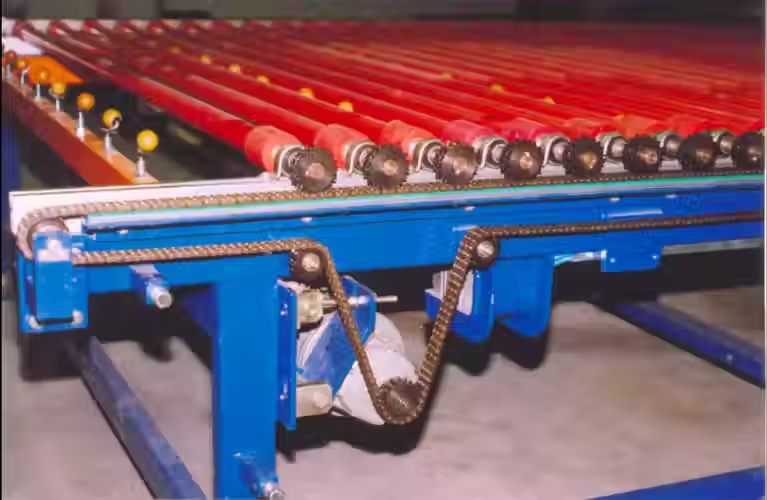Automatic Vibration Feeder
- Jaswanth srinivas
- Nov 12, 2024
- 3 min read
Automatic Vibration Feeder
An automatic vibration feeder, also known as a vibratory feeder, is a device used in manufacturing and production processes to convey materials in a controlled and consistent manner. It leverages vibrating motion to move items, typically from one point to another, without manual intervention. These feeders are crucial for streamlining assembly lines, reducing human involvement, and maintaining a high rate of productivity. The feeder is designed to handle a variety of materials, including bulk solids, powders, granules, and even parts of products, making it versatile and adaptable across various industries.
Working Principle
The automatic vibration feeder operates based on the principles of electromagnetism. Inside the feeder, an electromagnet vibrates a tray or platform at a controlled frequency. As the platform vibrates, the items placed on it begin to move in a consistent direction. This movement happens because the vibratory force gently pushes the materials, causing them to "hop" in small increments, typically progressing toward the discharge end of the tray. By adjusting the amplitude and frequency of vibration, operators can control the speed and flow rate of the items being transported.
The key components of an automatic vibration feeder include:
Drive Unit: Consists of an electromagnet and a coil that produce vibrations to drive the feeder tray.
Feeder Tray/Platform: The platform on which the materials sit; the vibration movement transmits to this tray.
Controller: Allows for the adjustment of vibration intensity and frequency, regulating the flow rate.
Springs: Help maintain consistent vibration and support the tray, allowing it to oscillate as needed.
Advantages of Automatic Vibration Feeders
Efficient Material Handling: Vibration feeders ensure a smooth and controlled transfer of materials, which is essential for preventing jamming or clogging, especially when dealing with bulk solids or irregularly shaped items.
Labor Savings: Since the system automates material flow, it reduces the need for manual labor in feeding or sorting operations. This is particularly beneficial in industries that handle large volumes of small parts, such as automotive or electronics manufacturing.
Improved Accuracy: Vibration feeders provide precise control over the material flow, which is crucial when materials need to be distributed in exact quantities or positioned accurately in production processes.
Versatility: They can be used with a wide range of materials, from heavy components to lightweight powders, making them ideal for diverse applications.
Applications Across Industries
Automatic vibration feeders find applications across a wide range of industries, including:
Automotive: Used to feed small parts like screws, bolts, and nuts in assembly lines.
Pharmaceutical: Used to handle and move delicate tablets, capsules, or powdered substances in precise quantities.
Food Processing: Ideal for moving fragile food items like nuts, seeds, and spices that require careful handling.
Packaging: Used to feed items into packaging systems in an orderly fashion, ensuring consistency in product packaging.
Key Considerations in Selection and Use
When choosing an automatic vibration feeder, it's essential to consider the material type, desired feed rate, required accuracy, and environmental conditions. Additionally, operators should evaluate the durability of the feeder tray, as abrasive materials can wear down the tray surface over time.
Proper setup and regular maintenance are crucial for efficient feeder operation. This includes checking and adjusting the electromagnetic drive unit, verifying that springs are in good condition, and ensuring that the tray is free from debris or residue that could disrupt the vibration pattern.
Conclusion
Automatic vibration feeders are invaluable in modern manufacturing and production due to their ability to handle various materials with high precision and consistency. Their efficiency in reducing labor costs, minimizing material waste, and maintaining a streamlined workflow has made them a preferred choice across industries.




Comments